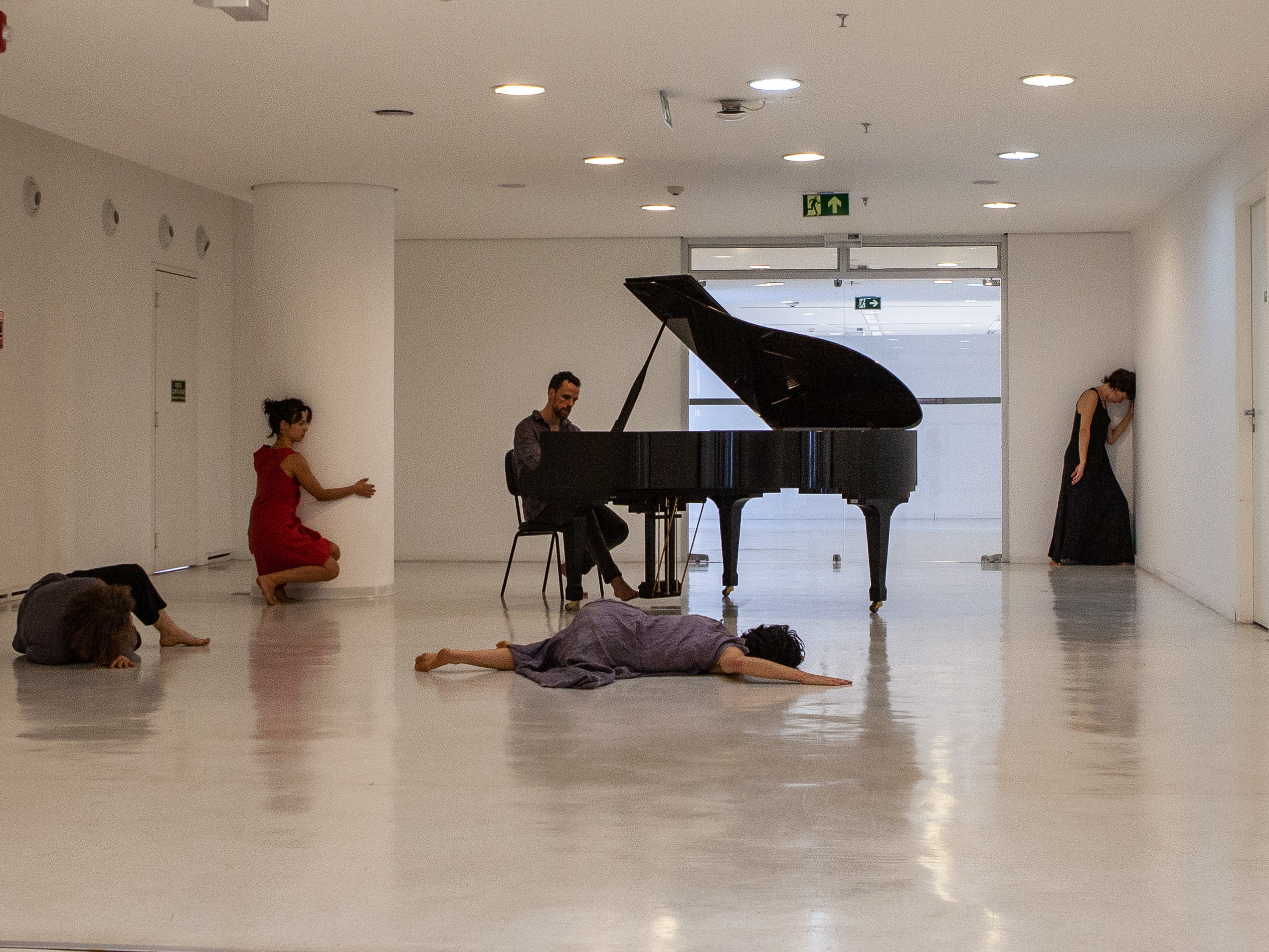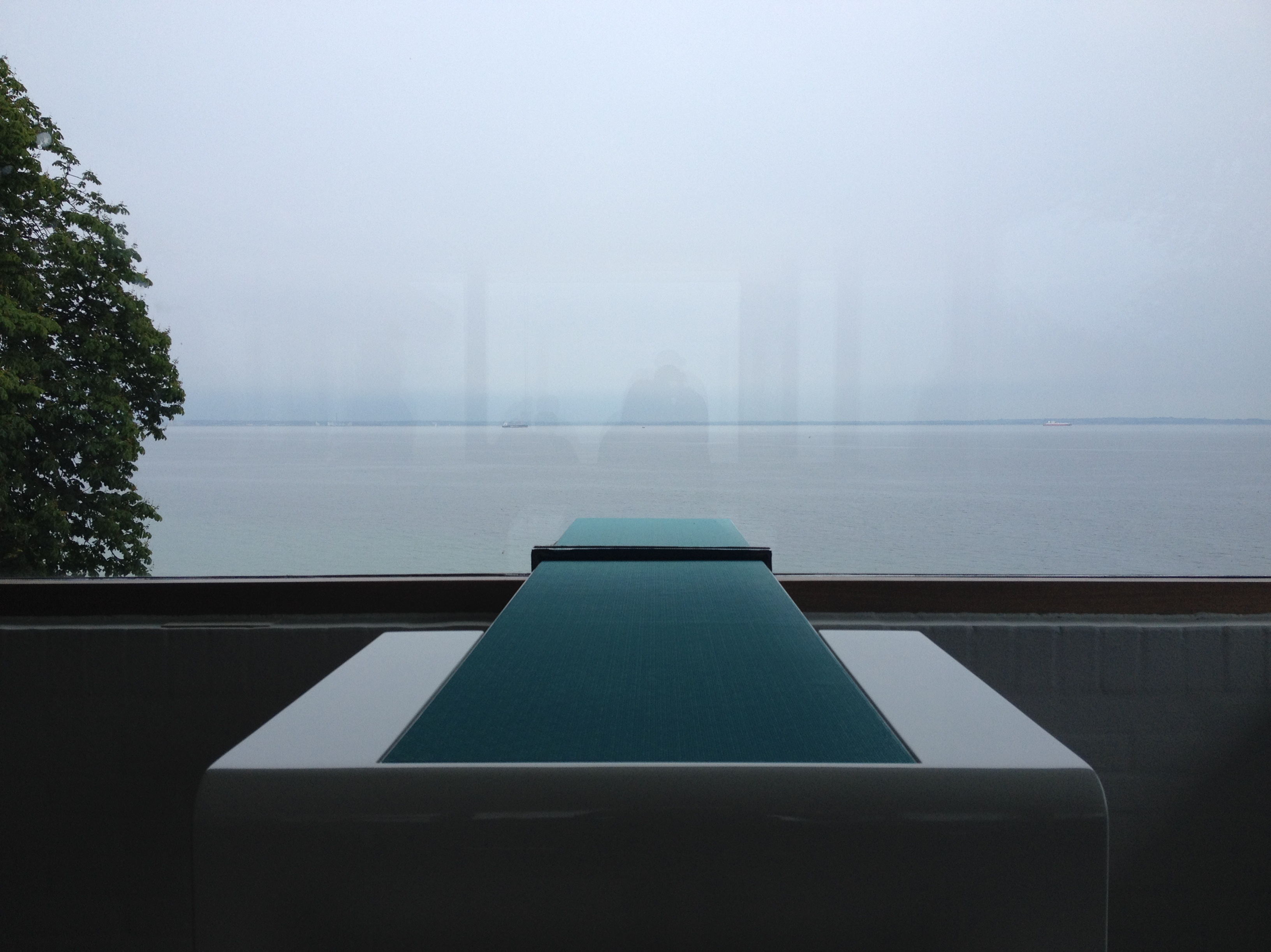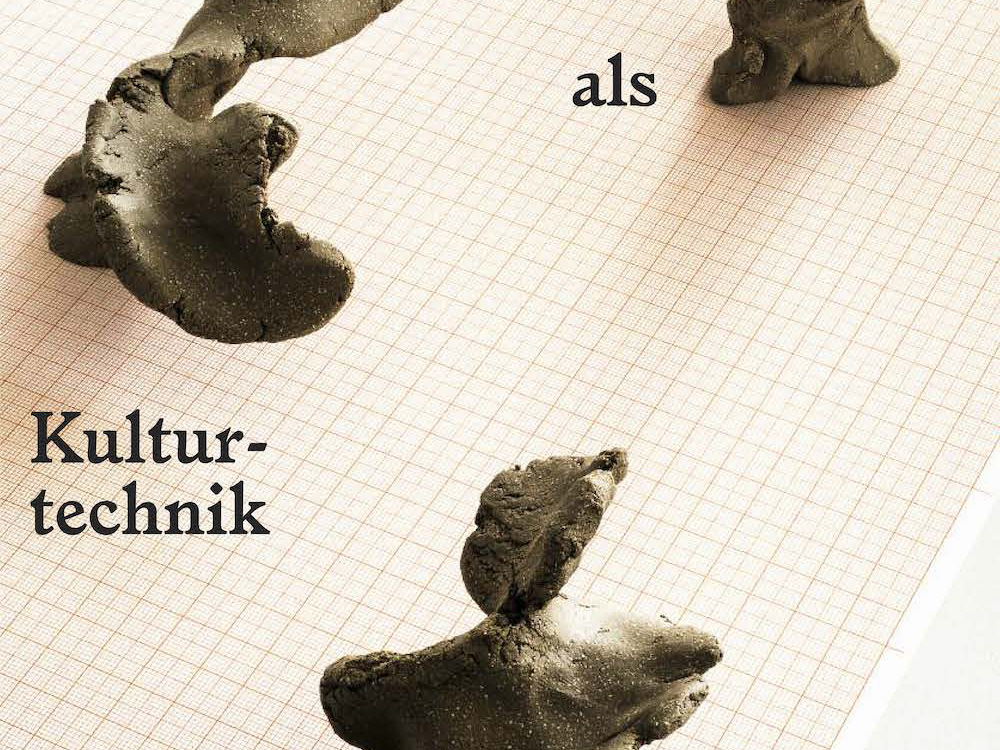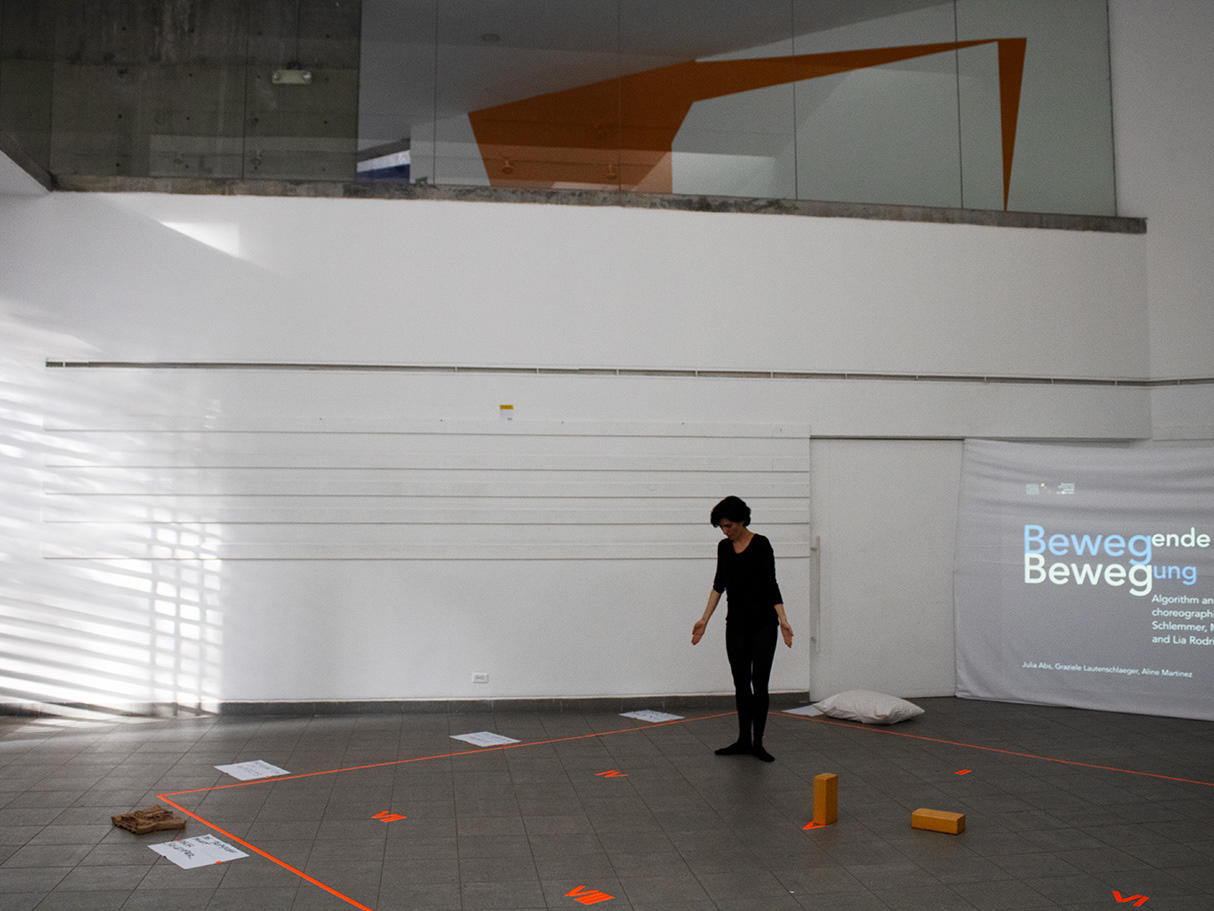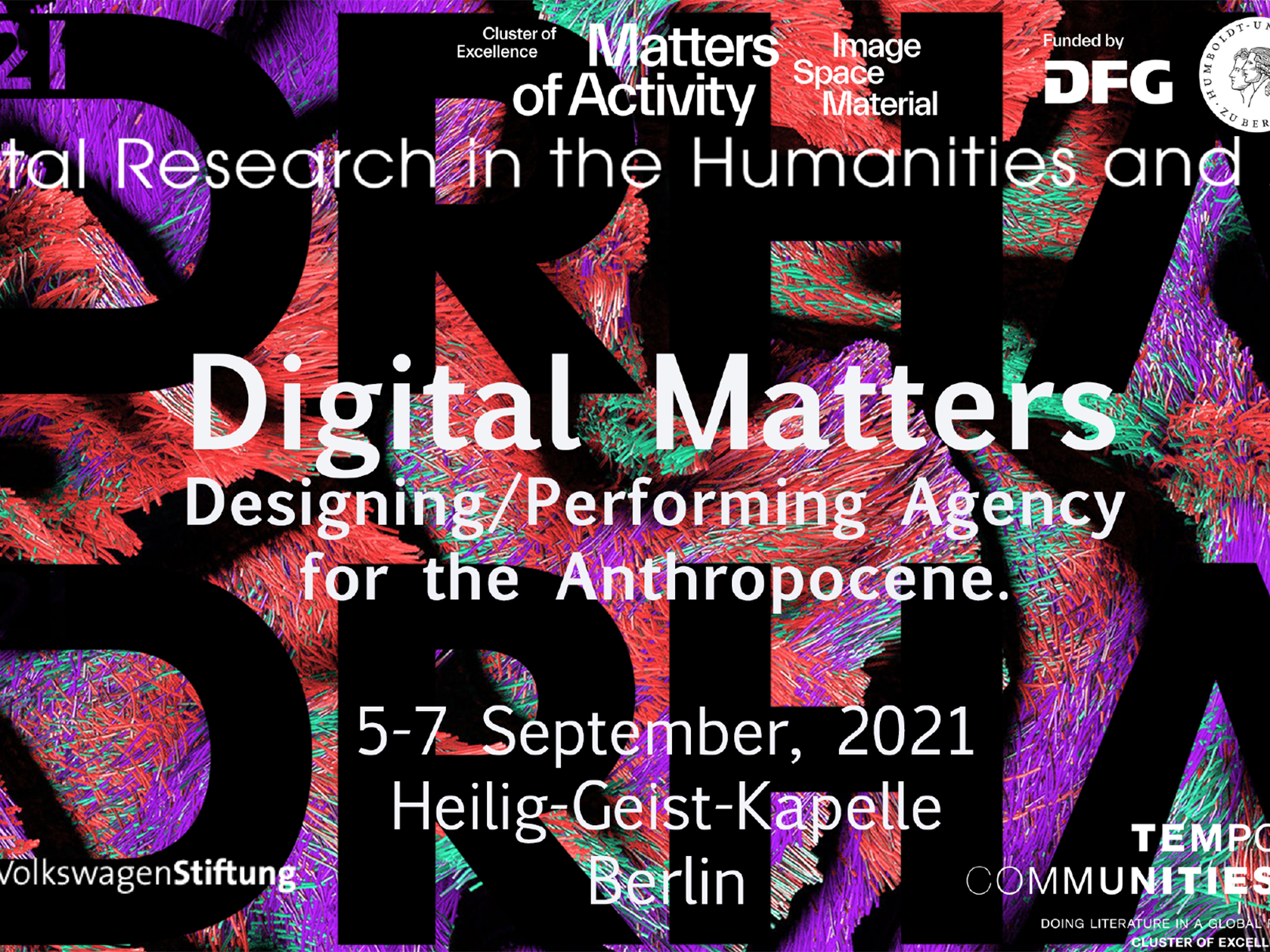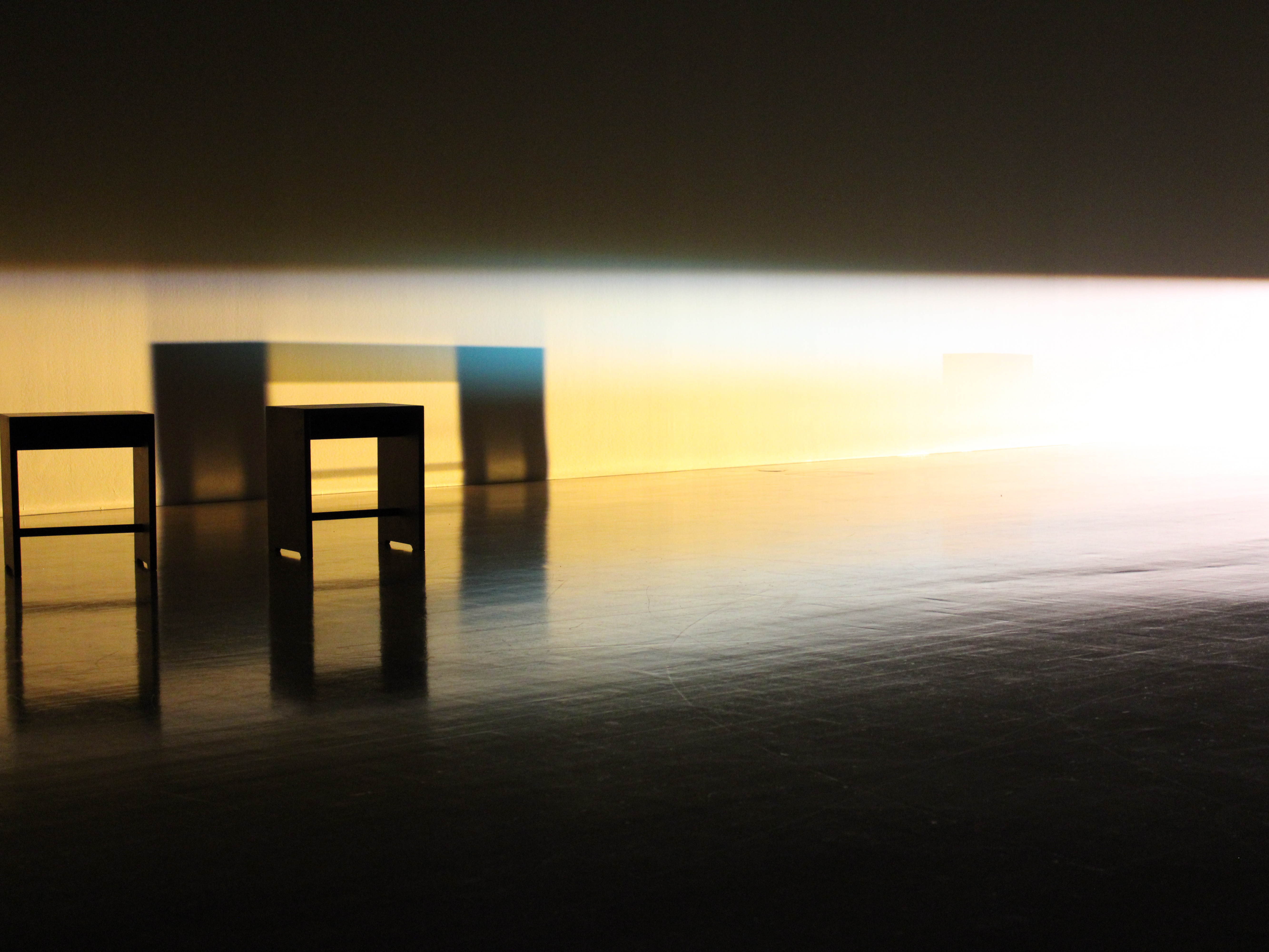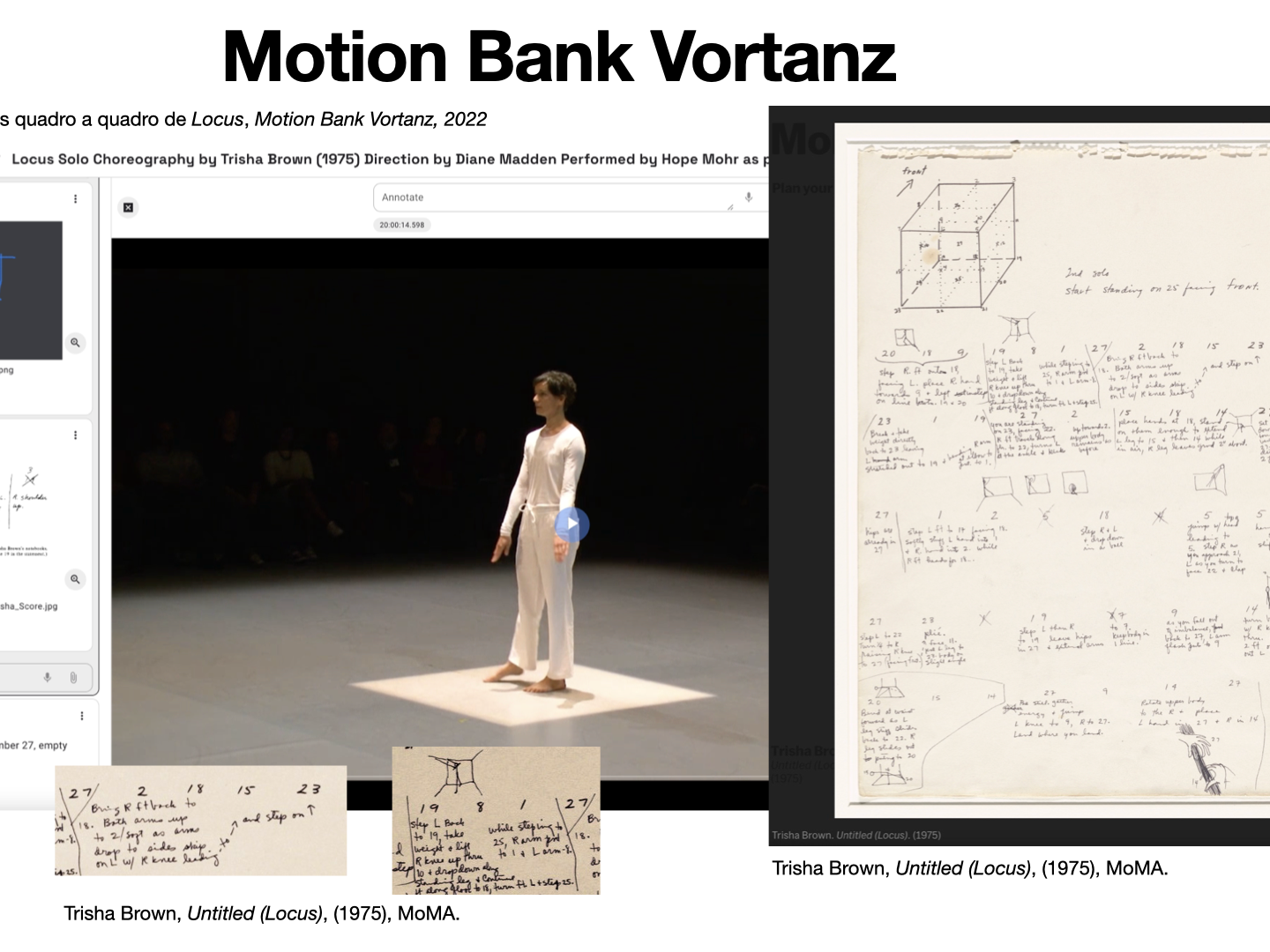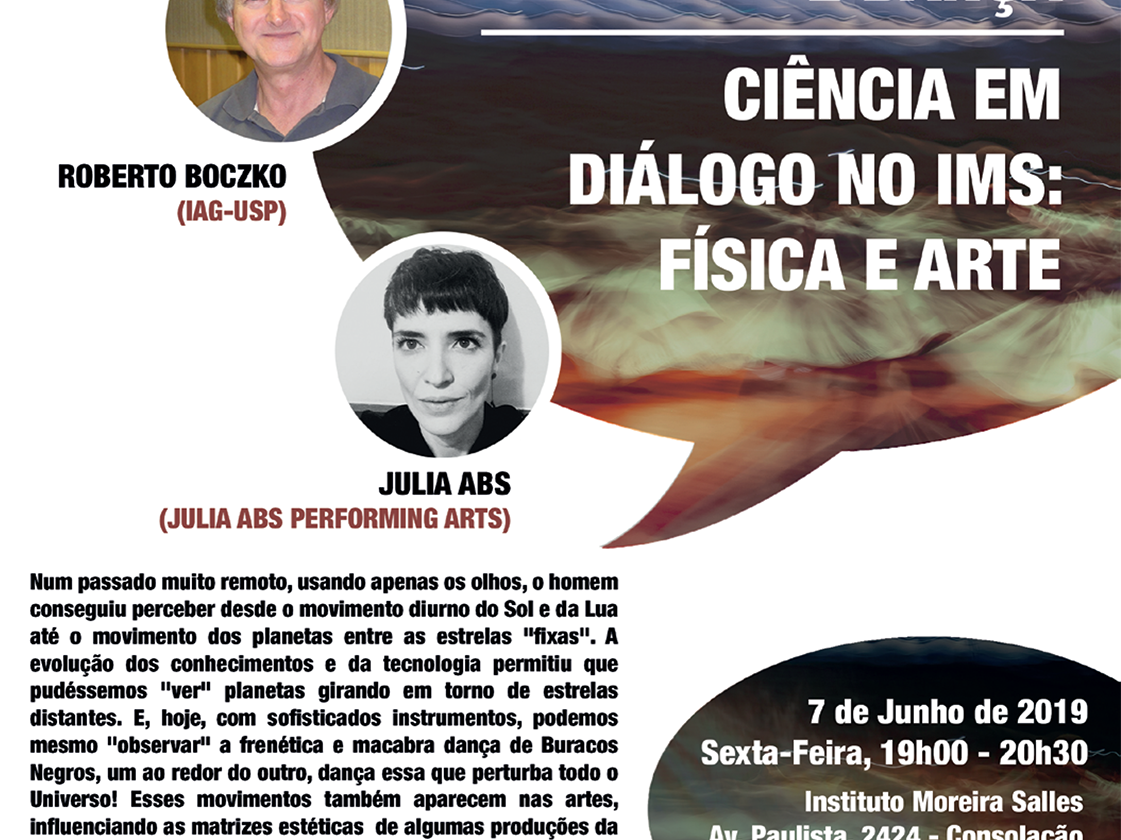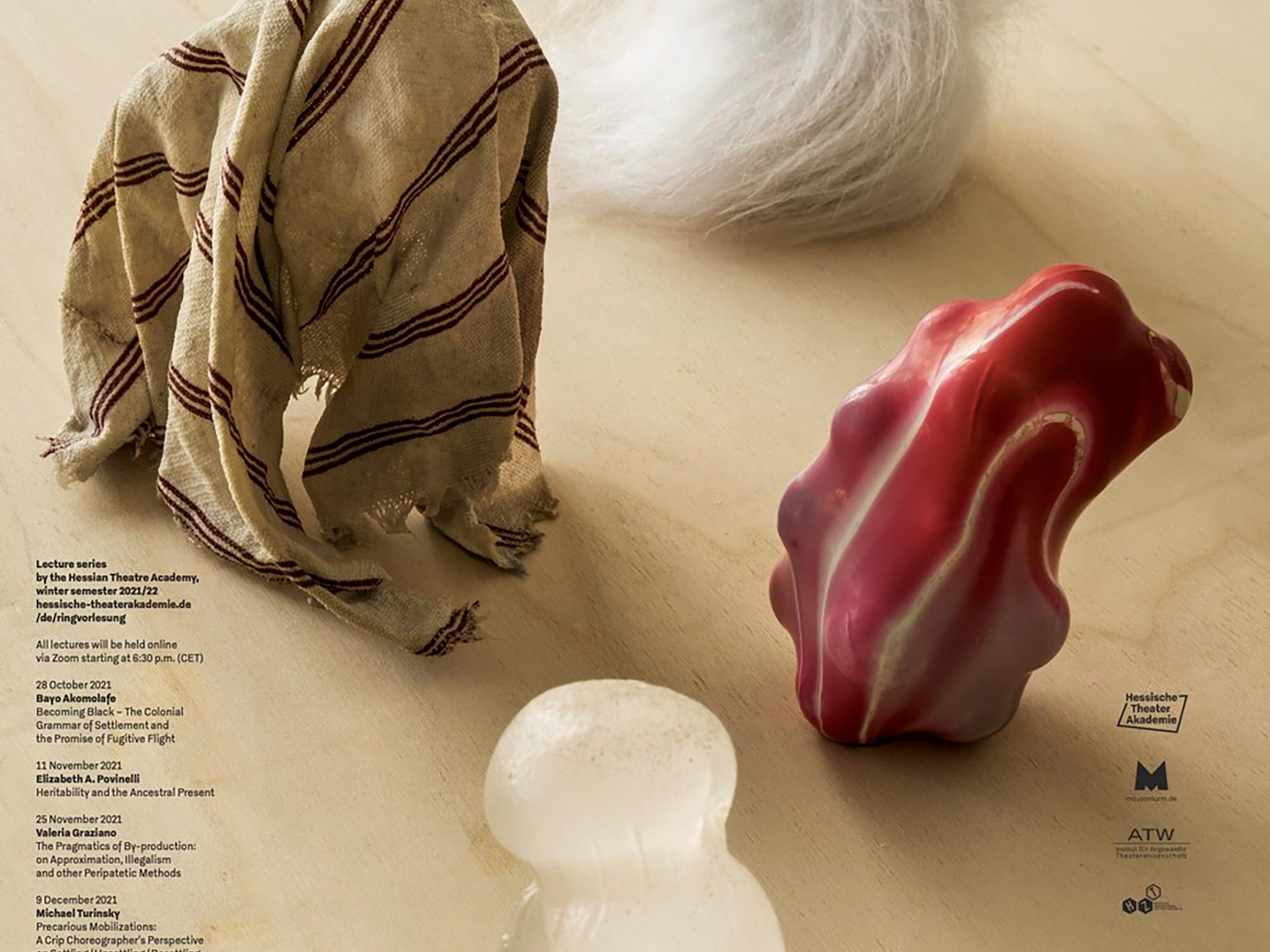The International Association for Media and History (IAMHIST)
FUTURE [of] ARCHIVES
Université du Québec à Montréal, Canada
20-22 June 2023
IAMHIST is the International Association for Media and History, an organization of scholars, filmmakers, broadcasters and archivists dedicated to historical enquiry into film, radio, TV and other media.
Archives have always played a considerable role for research and creation, especially in film and media studies. By virtue of their form and content, archives put at the forefront questions of possible and alternative historiographies and the shaping of memories and invites reflection on forgetting. Ranging from censorship to emancipation, archives are often source and reason for debate, powerplays and struggles as they can be object of censorship, but also sources and ways of emancipation. They are not only sites of memory, but also sites and signs of social and cultural change. There has been an increased scholarly interest in archives since the arrival of digital tools and the Web, and the concept of the archive itself has been questioned, discussed, and redefined.
This conference aims to revisit these archival transformations by bringing into focus archives’ blind spots, notably in relation to their accessibility and ecological dimensions. How do existing archival institutions, associations or private collectors and archivists address technology and media transformations? What are the current and future challenges of archive research? Use? Configurations? What type of ‘new’ archives can be imagined and created in relation to technology and media transformations?
Experiences with the body-archive: being active in the face of history
In this paper, I initially present questions about archives and body in the fields of dance and choreography, beginning in the 1990s in Europe, which radically changed the dance aesthetics of our time. The Judson Church artists (N.Y, 1960’s and 1970’s) played a crucial role for the conceptual disruption of dance tradition, working with scores as to articulate movement acquiring an objective form through choreography. One can say that the resulting European conceptual dance is a movement based on the critical revision of archives of modern art and postmodern dance, as conceptual dance rejects the very modern paradigm of the authentic original.
I unwrap some thoughts about the body-archive and its relationship with scores and their role in processes of choreographic reconstruction through archival material. For that, I present my ongoing research methodology with scores and digital dance annotation, exposing the re-enactment’s processes of three minimalist choreographies: Trio A (Yvonne Rainer, 1966), Locus (Trisha Brown, 1975), and Calico Mingling (Lucinda Childs, 1973), and the deconstructed classical ballet Eidos:Telos (1995) by William Forsythe. I am handling and using archives since 2012, and the research focus in dance writings since 2015.
I briefly discuss the subject of the dance writing as a process that seeks to document, preserve, as well as to trigger new ways to originate, compose, and perform dance movement in time and space, and as an analytical planning stage of an artwork. I will reflect about the ‘notational iconicity’ (Schriftbildlichkeit) of those afore mentioned scores, which evolves to an aesthetical discussion about ephemerality, presence and absence, and the openness that the idea of an iconicity of writing brings to the fields of language, communication, and culture.
The body-archive functions as a dialectical image, as an “idea-language”, the name of the dialectical process of what is becoming and what is disappearing. Its origin is the body as memory. This idea encompasses the possibility of the coexistence of opposites, of extreme ideas and excesses: from the history of dance, the history of art, and culture. Through the body-archive as an “idea-language” the past becomes the dialectical upheaval, a movement that aims at the interior of an awakened consciousness. The process of consciousness is exemplary for the experience of history, and this vision leads to a political dimension of research as a presence of mind.
